It’s surely a sign of the times, but manufacturers are steadily falling out of love with the naturally aspirated V6. What was once seen as a reliable, refined, and balanced solution — the beating heart of many mid- and full-size vehicles — has become increasingly rare. We only have to look to Japan to see this disappearance in action. After all, there are only three naturally aspirated Japanese V6 engines available in the US these days, symbolizing an era that’s gradually coming to a quiet close.
The Slow Death of Japan’s Signature Sixes
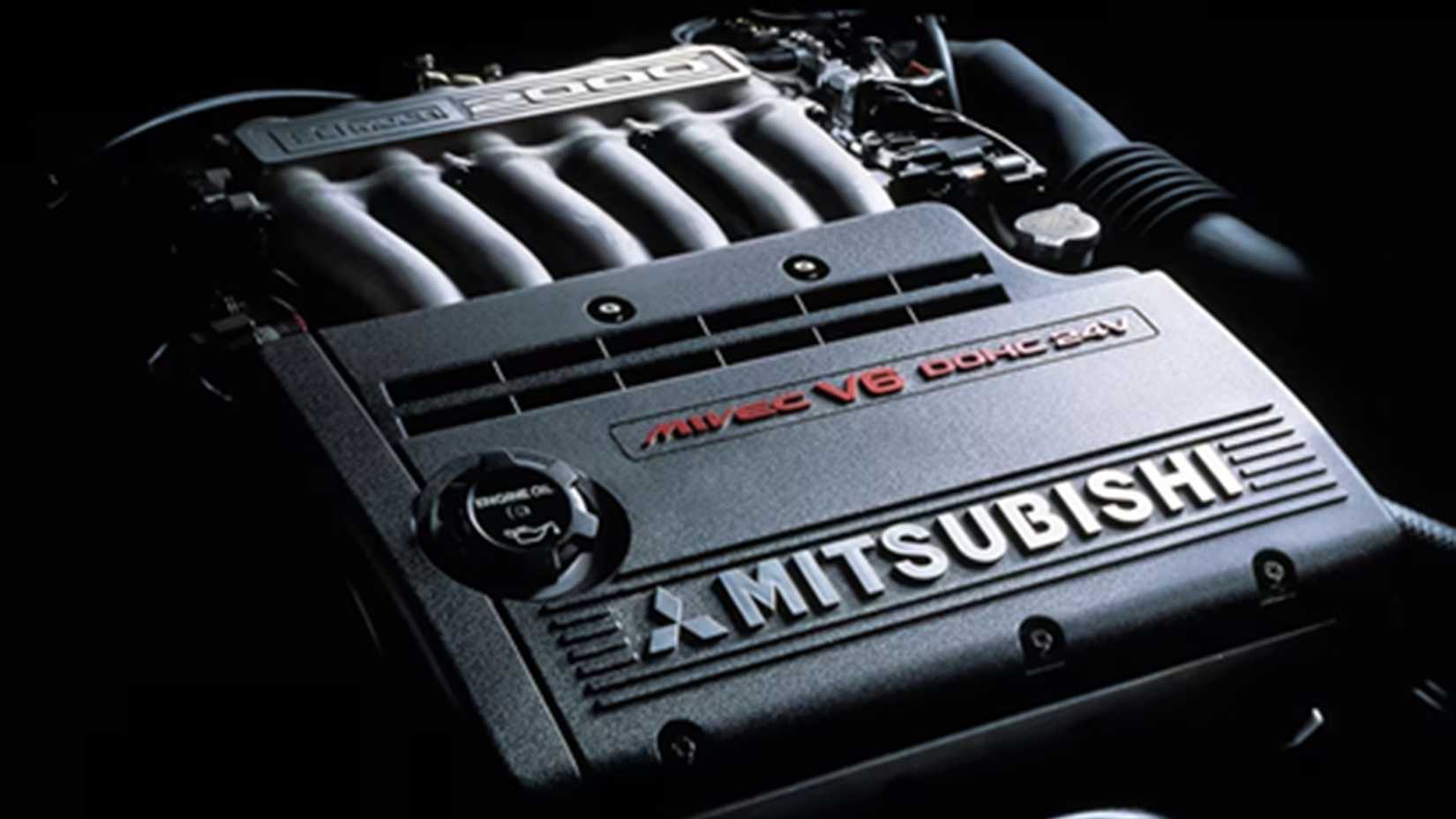
1994 Mitsubishi FTO V6 engine topMitsubishi
Not that long ago, if you wanted an engine that was smoother and could give you more effortless power than a four-cylinder, the V6 was your answer. If you needed something much lighter and far less thirsty than a V8, then six was also your best solution. But today, many companies are downsizing to turbocharged fours or transitioning over to hybrid systems, leaving the Toyota, Honda, and Nissan to fly the flag.
Lexus Gives The 2GR V6 Its Last Stand
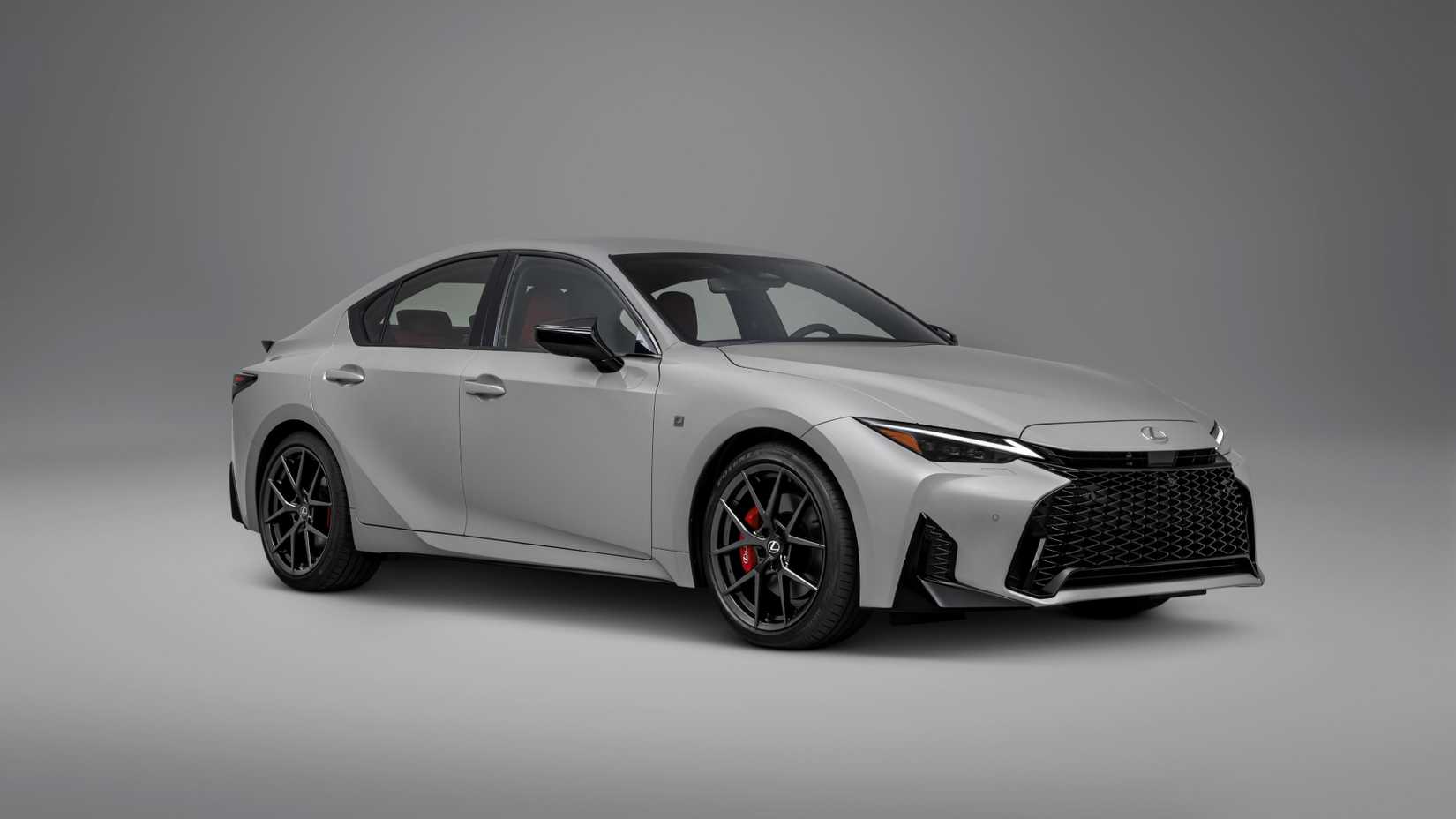
2026 Lexus IS 350Lexus
Toyota’s 2GR engine is one of the most legendary V6 engines from Japan. It first came out in 2005 as the 2GR-FE — an all-aluminum model within the wider GR powerplant family — replacing the earlier MZ series. You’d find it in a variety of models, including the Avalon, Camry, and RAV4. The powerplant evolved through several versions across the years. For example, the 2GR-FSE had direct injection, while the final 2GR-FKS featured both port and direct injection via Toyota’s D-4S system.
It’s still in use in the Lexus IS, which is already on its third facelift.
The most familiar modern form of this engine is the 2GR-FKS 3.5-liter, typically producing around 295 hp and about 265 lb-ft of torque, depending on the application. It powered the Highlander, Camry, and Lexus RX 350 with its smooth, responsive nature, and you can even find the same basic block under the 2GR-FXE hybrid system in the RX 450h. However, Toyota is pulling back the 2GR’s role. The Lexus ES 350 is adopting a 2.5-liter hybrid, while the Tacoma and Highlander have shifted over to the 2.4-liter turbo four-cylinder. You can only find the 2GR in limited availability for certain fleet trims and markets — and even then, its days appear to be numbered.
Many people mourn the 2GR’s impending departure for its refinement and versatility. It could work equally well screaming up to the redline in a mid-engine Lotus as the engine could quietly under the hood of a minivan. And in that respect, the powerplant came to symbolize Toyota’s legendary mechanical reliability and flexibility.
Honda and Acura Hold the Line with the J-Series
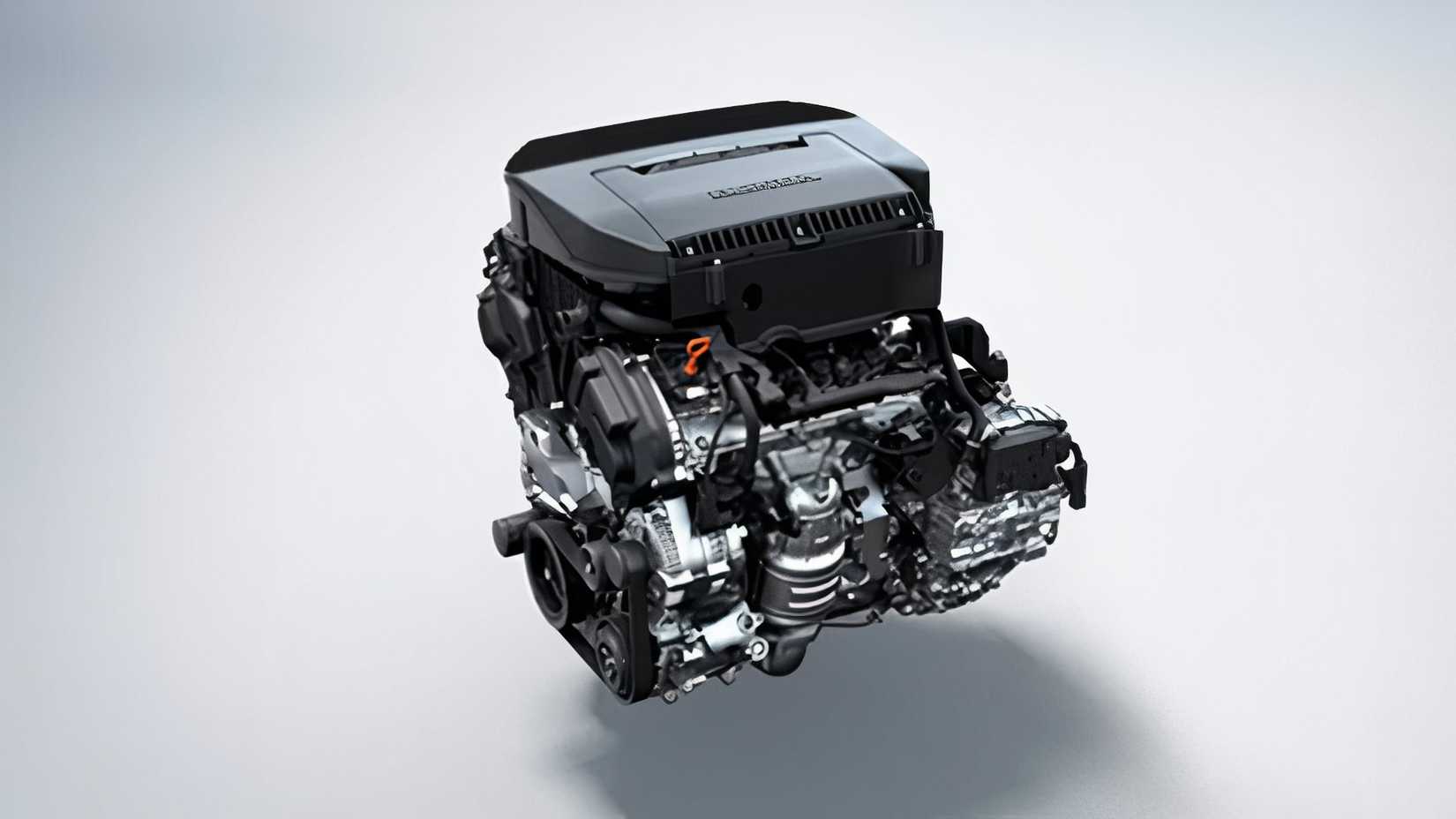
2023 Honda 3.5L NA J35Y8 V6 EngineHonda
Honda’s J-Series V6 launched with a single-overhead-camshaft design, alongside the company’s signature VTEC variable valve timing and lift system. This approach lent itself perfectly to applications where size and weight are important, making it ideal for transverse layouts. However, Honda has adopted a dual-overhead-cam design for improved breathing and emissions efficiency, with the 3.5-liter J35Y in the Odyssey, Ridgeline, and Pilot, as well as in some versions of the Acura MDX and TLX. Typically, you’d get about 285 hp with 265 lb.-ft of torque, and in the case of Acura, it worked very well with a ten-speed automatic transmission.
Certain units featured variable-cylinder management, which can turn off some cylinders when conditions are right to improve economy. Perhaps some of the most noticeable attributes of the J35 are its original sound and throttle response, but attractions like that weren’t enough to save it. So, Honda shifted course and installed a new 3.0-liter turbocharged V6 in its Acura MDX Type S, while the next-generation Pilot and Ridgeline should adopt hybrid or boosted powertrains.
Nissan’s VQ Engines Defy the Trend
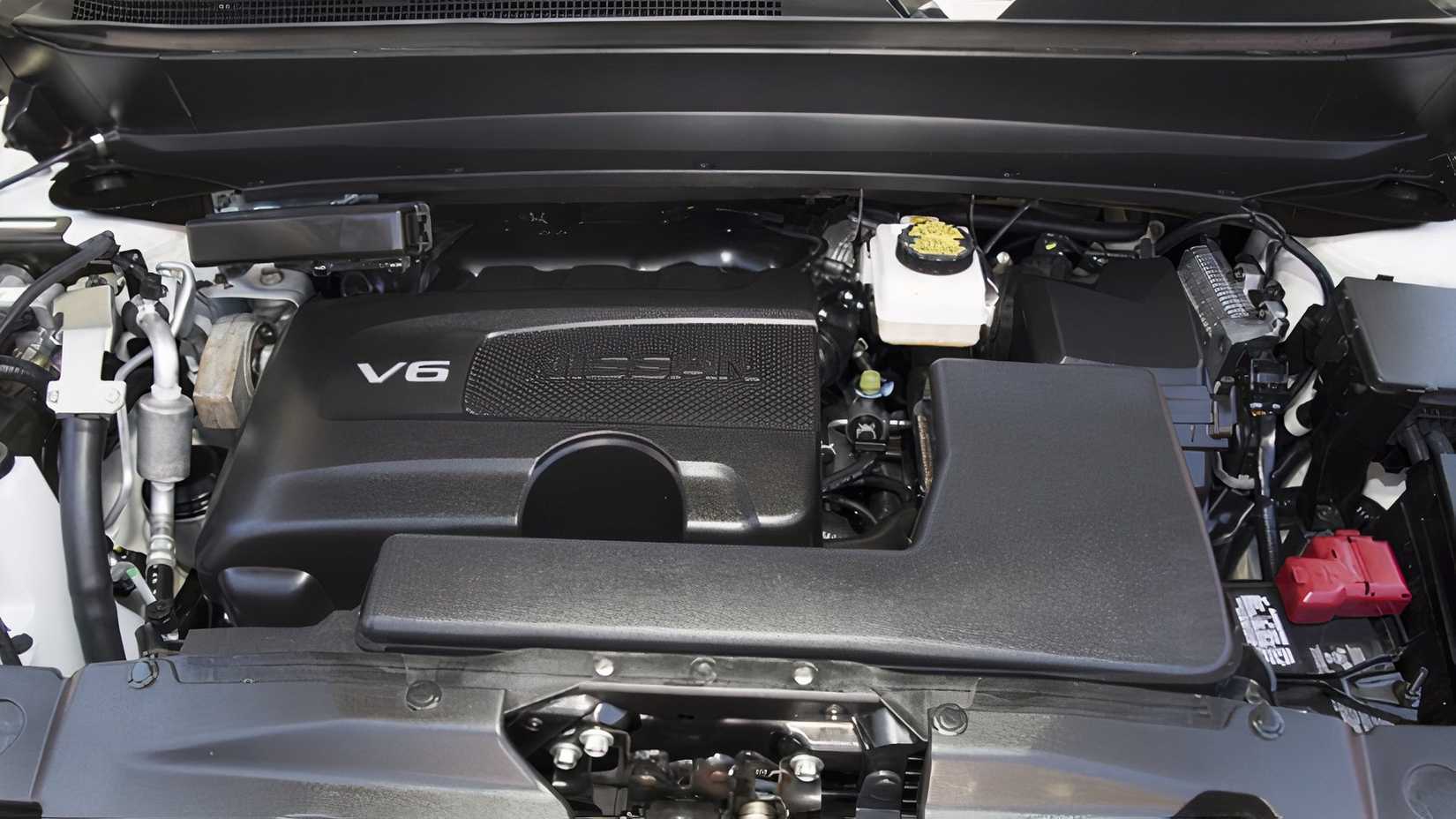
VQ35DD engine in a 2024 Nissan PathfinderNissan
Among the top manufacturers, Nissan seems to be holding out as long as possible with its VQ38DD, found in the Frontier. There’s also the slightly smaller VQ35DD, found in the Pathfinder. These are the latest in a long line of engines from the VQ family of powerplants that originally debuted in Japan in 1994 and eventually came to the US. With the VQ38DD, you’ve got the largest displacement version of all. It features direct injection and variable valve timing, producing 310 hp and 281 lb-ft of torque. It also delivers that torque very well across the low- and mid-range, which is perfect for the Frontier’s truck application.
The VQ38DD is quite sophisticated, with a high compression ratio, advanced knock control, and a forged crankshaft. It shares some DNA with the company’s twin-turbo VR38DETT engine from the recently discontinued GT-R. While Jeep also has a naturally aspirated V6 in the Gladiator, you can’t find any other V6s in US midsize pickups. Chevrolet and Toyota have gone turbo-four with their Colorado and Tacoma, respectively, while Ford uses a turbocharged EcoBoost engine in the Ranger.
These Companies Left the V6 Behind
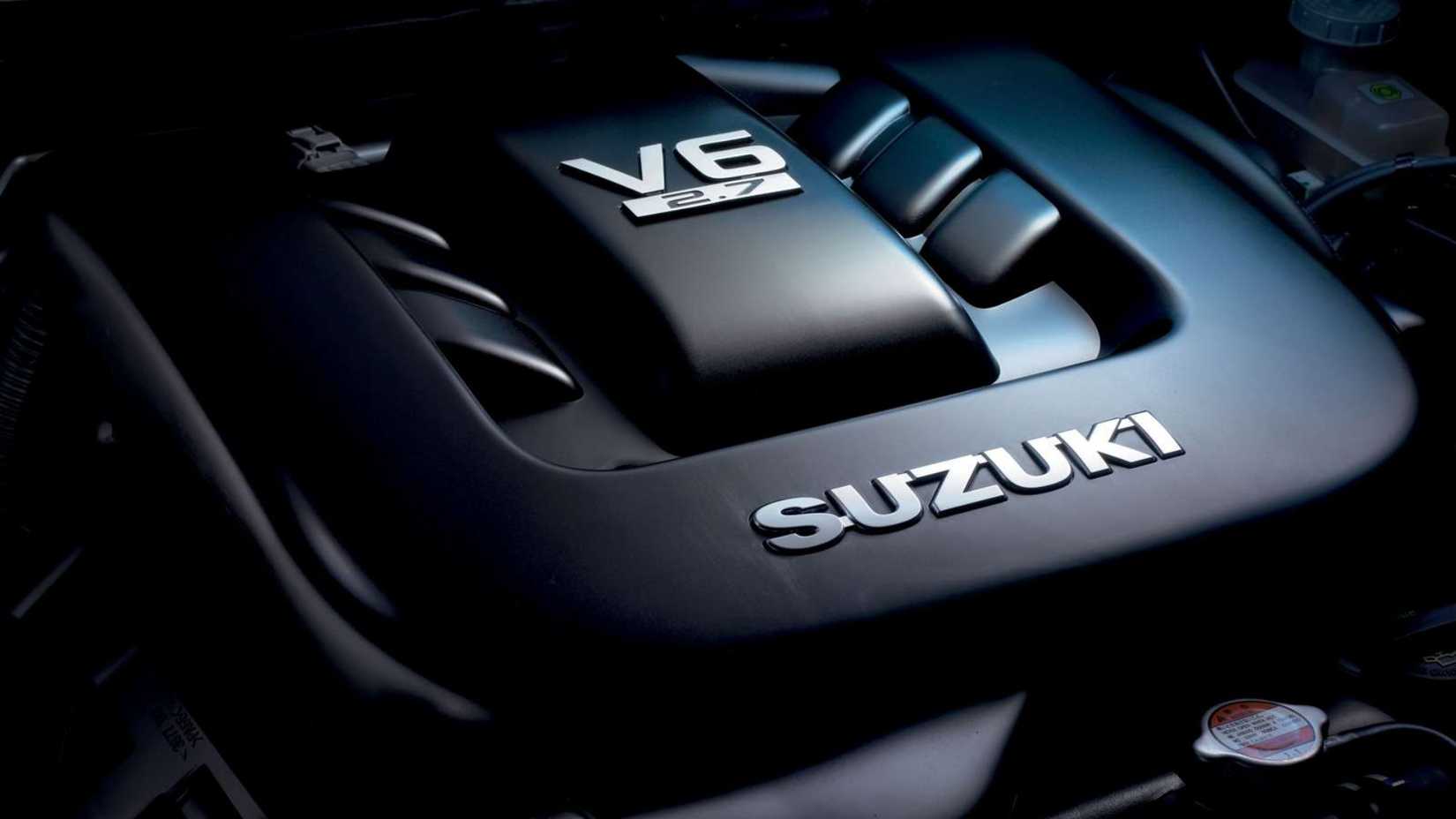
2006 suzuki grand vitara engine top showing 2.7 badgingSuzuki
Other Japanese companies have firmly turned their back on the six. For example, Mazda retired its V6 alongside the CX-9 and moved over to turbo inline-fours and inline-sixes through its new Large Platform architecture. Subaru moved the Outback and Legacy to turbo fours when it dropped its EZ36 flat-six in 2019. Suzuki left the US and said goodbye with the Grand Vitara’s 2.7-liter V6. Mitsubishi phased out the 6B3 series way back in the mid-2010s.
Most of these manufacturers made these decisions for practical reasons. Global emissions standards, such as Euro 6d or WLTP, began penalizing displacement heavily. Turbocharged four-cylinders and hybrid systems now match or exceed traditional V6 torque while having lower emissions and better efficiency.
Turbos, Hybrids, and the Cultural Shift
Buyers’ shopping lists today feature high fuel economy, instant performance, and seamless hybrid transitions — and these requirements all tend to point toward turbocharging. For example, Toyota champions its new 2.4-liter turbo-four, which delivers 326 hp and 465 lb.-ft. In the Grand Highlander Hybrid Max. This provides far more torque than any previous V6, neatly explaining the transition. Meanwhile, Honda can get 204 hp from its latest Accord hybrid system and still achieve more than 45 mpg. And not even enthusiasts can save the V6 these days, as performance geeks tend to focus on efficiency and mod potential, and turbo engines seem to offer all that in abundance.
Goodbye to Japan’s V6 Golden Age — and What Comes Next
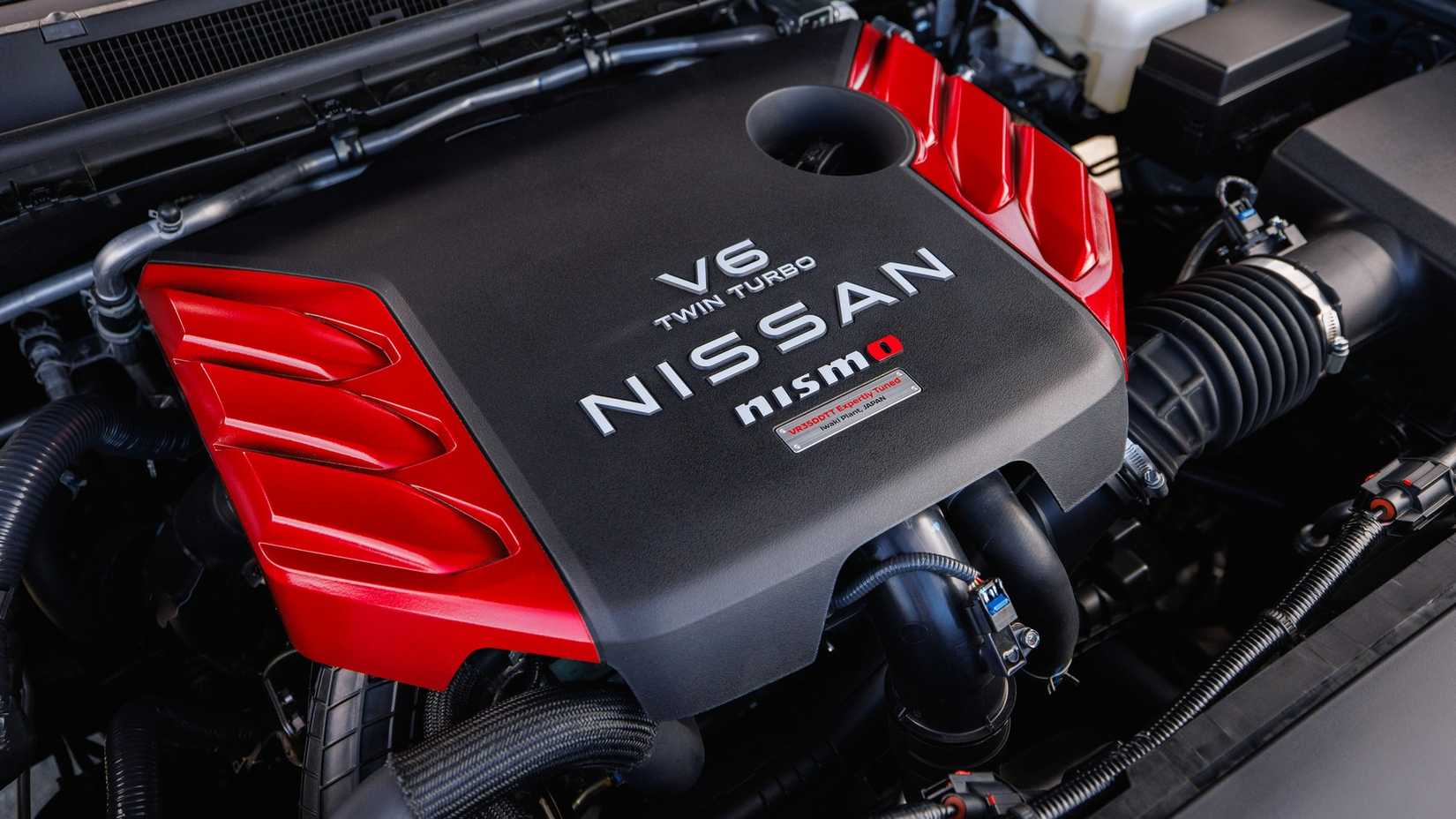
2026 Nissan Armada Nismo detailsNissan
Who can forget Nissan’s VQ35DE engine from the 1990s and early 2000s, which seemed to be on the Ward’s 10 Best Engines list in perpetuity? This is just one example of Japan’s V6 golden age, where these motors represented pure craftsmanship with a level of balance that rivals struggled to match. And so, just three of the big manufacturers are holding out, and even then, not for long. Toyota will likely focus on its turbo-hybrid 2.4T lineup, Nissan on its electrified e-Power platform, and Honda on its new 3.0-liter turbo and hybrid systems.
The old V6s are expected to disappear within the next couple of years. Some boutique projects may remain from the likes of Nissan’s Nismo division, but the times are changing quickly. After all, you can now get the same high levels of precision and reliability in hybrid and EV systems, relegating those glorious Japanese sixes to the annals of history.
Sources: Toyota, Honda, Nissan.

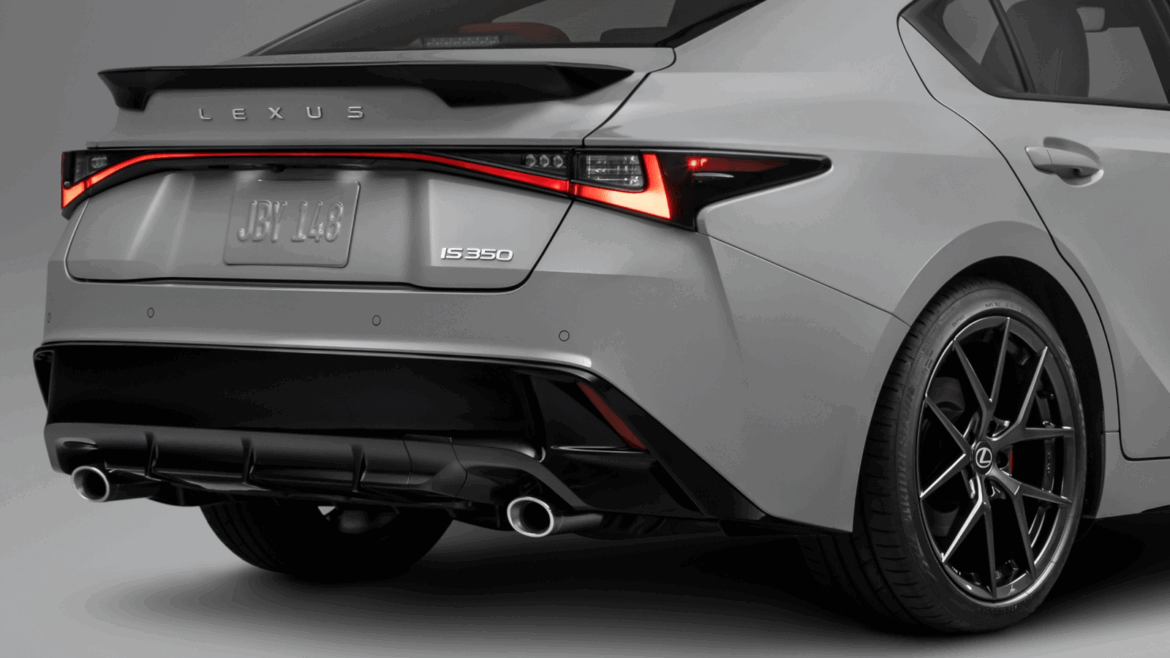
AloJapan.com